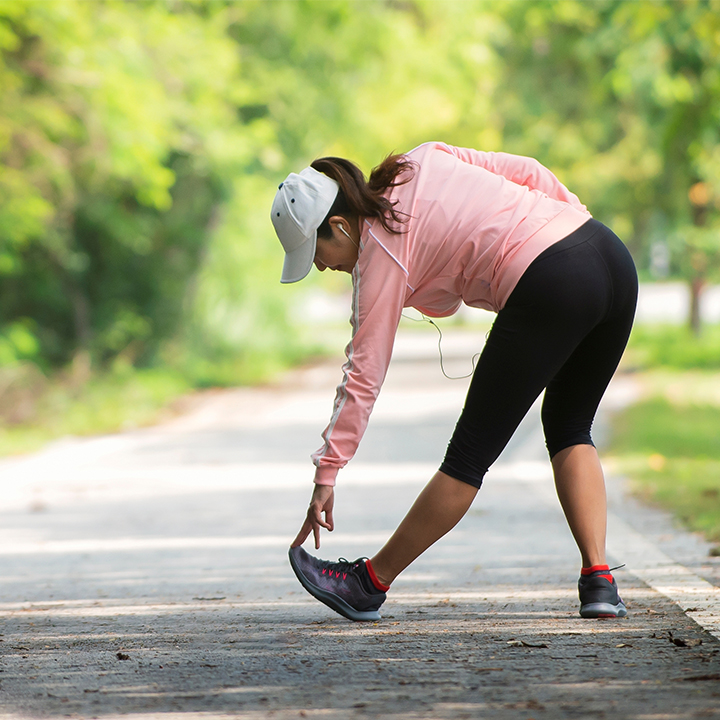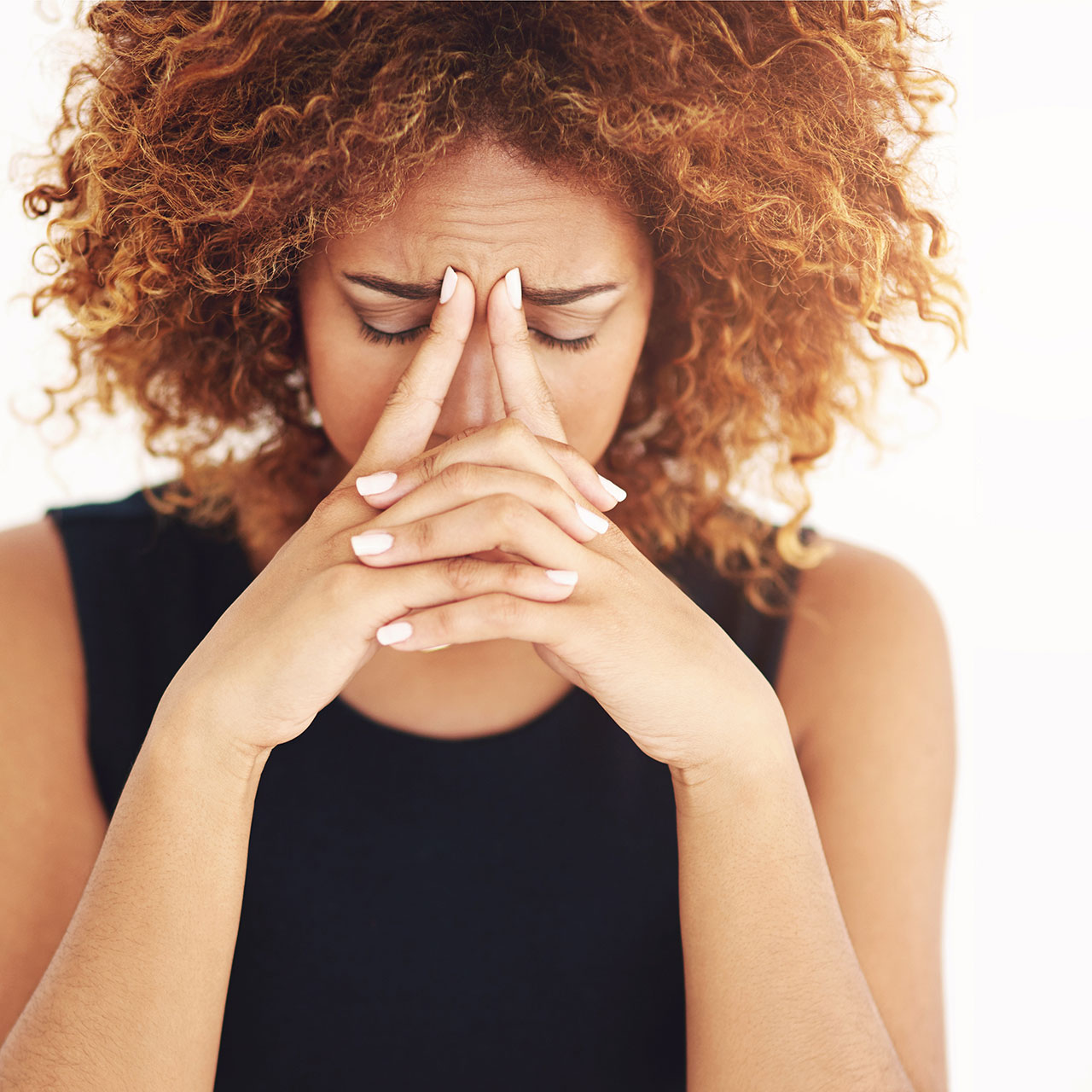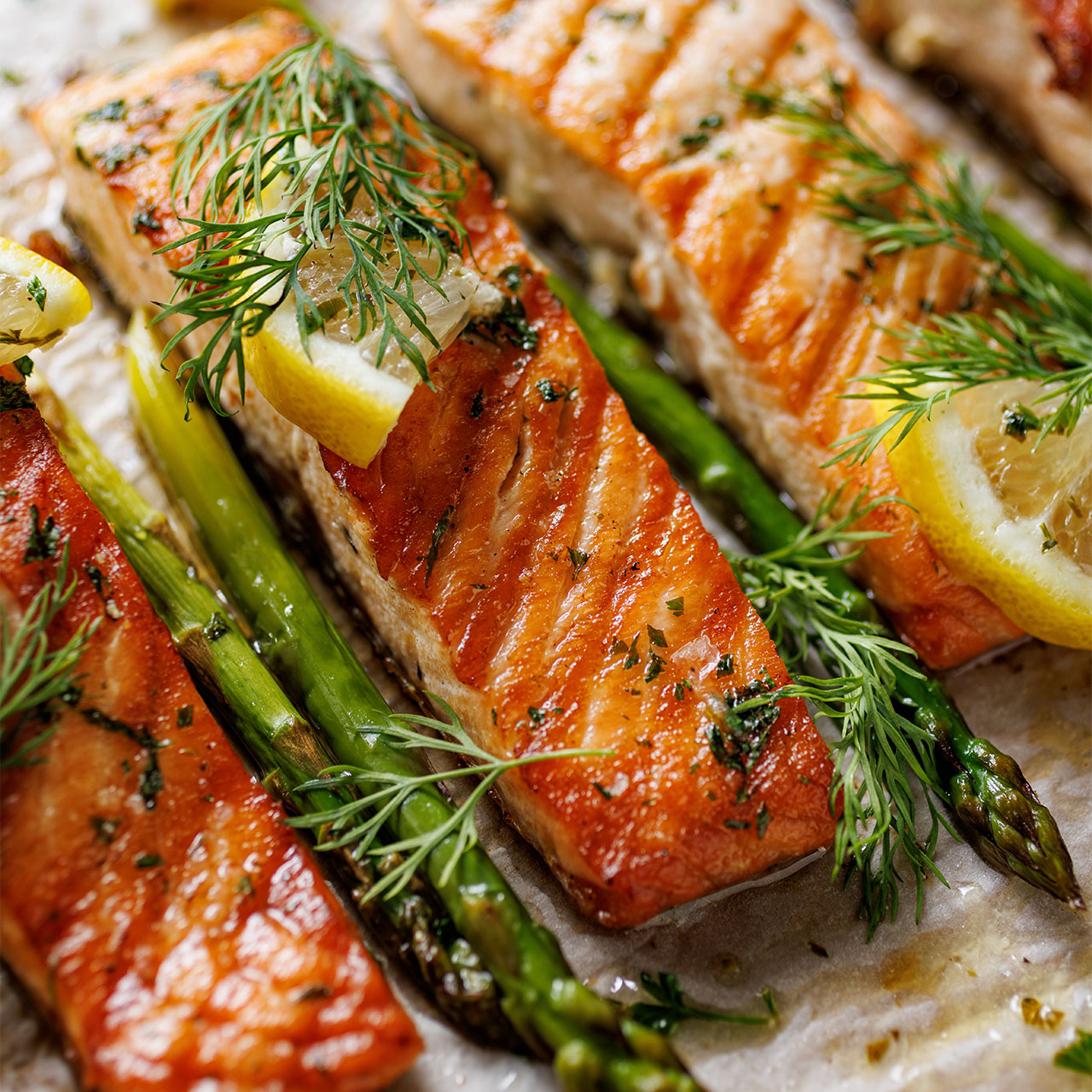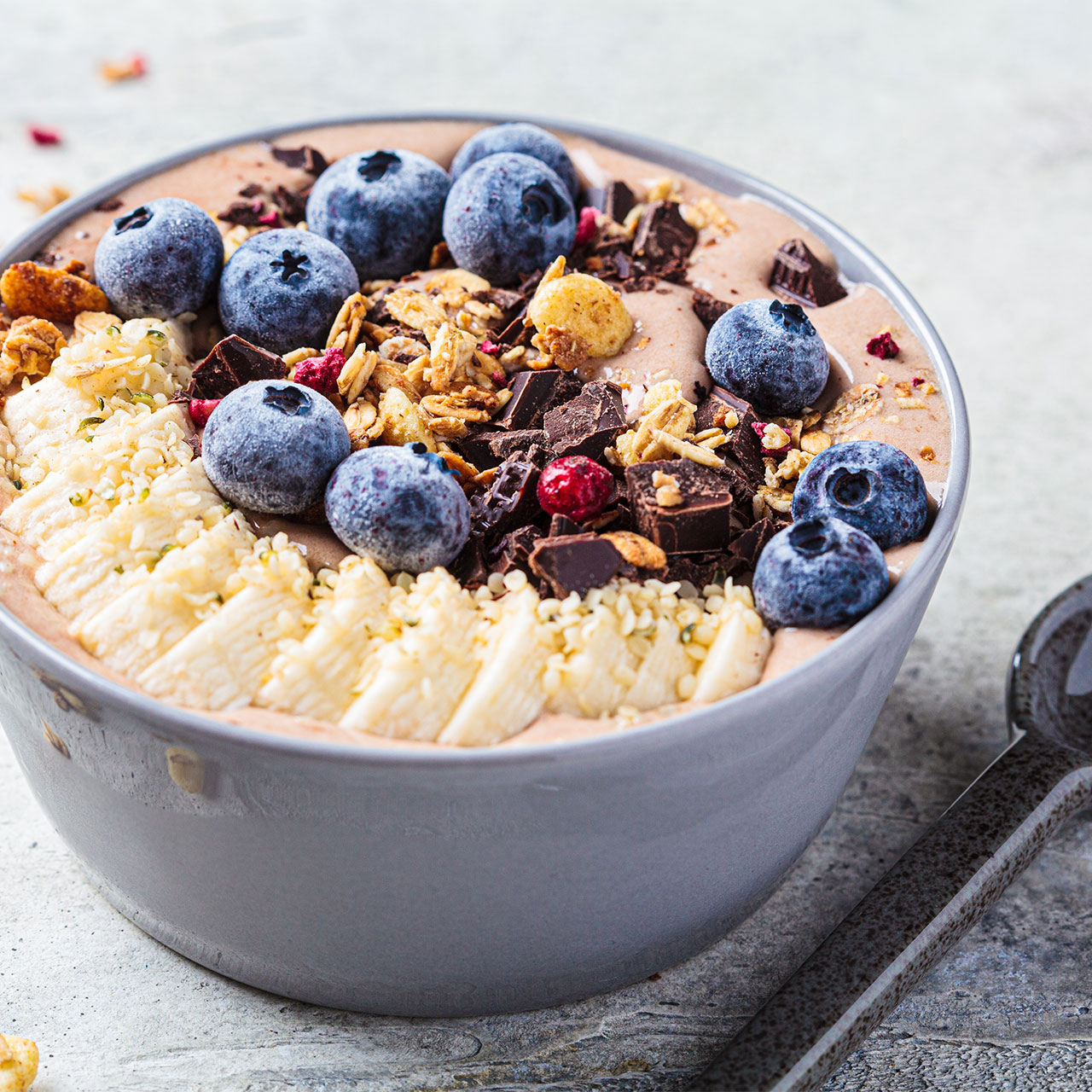This story is authored by NASM-certified personal trainer and performance coach, Keith Hodges, founder of Mind In Muscle Coaching in Los Angeles.
As we start to age, we gradually begin to lose our flexibility, especially during adulthood. Why is this? The aging process is natural and our skin begins to lose its elasticity. Our bones and soft tissues degenerate as well. This can be due to living a less active lifestyle, not working on our flexibility, dehydration, and unhealthy eating habits. Over time, this will lead to muscular imbalances resulting in bad posture. Postural imbalances can lead to chronic pain, which can unfortunately, lead to the use of pain medication for some. However, we can slow the aging process and gradually increase our flexibility as we age. The key is to start incorporating flexibility routines in our lifestyles and remain consistent in those practices.
Exercises That Improve Flexibility
Yoga
Yoga practices are designed to increase your flexibility and strength. When done consistently, you can start seeing an improvement in your flexibility and strength while holding poses.
Pilates
Pilates increases strength, flexibility (passive range of motion), and mobility (active range of motion). The ability to move freely decreases with age primarily due to lack of joint mobility. Pilates allows you to increase mobility (usable ranges of motion) in your muscles and joints.
Dynamic Stretching
Dynamic stretching (pre-workout) is another movement based form of stretching that helps eliminate muscle tightness and loosens joints by working them through full ranges of motion. It is an amazing way to warm up prior to your resistance training, running, cycling, etc. It also increases blood circulation which will aid in injury prevention and recovery.
Static Stretching (post-workout)
Static stretching is a form of stretching that should be performed at the end of your workouts. It involves holding a particular stretch for a period of time while performing slow and controlled breaths. This kick starts the recovery process and allows the soft tissues to relax in a lengthened state. When done consistently, flexibility will absolutely increase.
Dynamic and static stretches women over the age of 40 can perform:
World’s Greatest Stretch
This one hits every part of your body! It targets hip flexors, glutes, quadriceps, shoulders, pecs, low back, obliques, and t-spine rotation.
1. Step forward with your left leg into a lunge (or as if you are stepping over a puddle of water).
2. Place both hands firmly on the ground on the inside of the leg you are leading with.
3. Keep your right knee from touching the ground with your knee locked out.
4. Keeping your back flat as possible, reach toward the ground with your left elbow.
5. Rotate your trunk (twist) toward your left leg and reach for the sky with your left.
Lying Hamstring Distraction
This helps actively lengthen the hamstrings and calves for improved mobility.
1. Lie down on your back and elevate your right leg toward the sky while leaving the other leg fully extended on the floor.
2. Place a resistance band around the the ball of your foot (or place both hands around your right calf).
3. Contract your quad to create more tension in your hamstring while pulling the band toward or leg toward your body.
4. Once the position is established elevate your left leg to the height of your right leg and slowly lower it to the starting position.
Wall Quad Stretch
This is great for tight hip flexors and quads. Limited hip extension is the biggest cause of IT band syndrome.
1. With your back facing toward a wall, kneel on a yoga mat or pillow.
2. Lift your right leg and place one of your legs against the wall.
3. Place the other leg flat on the floor keeping the shin vertical.
4. Hold this positions at least 30 seconds before switching sides.
Lying Glute Stretch
This helps reducing tension in the glutes.
1. Lay on your back face up, feet flat on the floor and knees bent.
2. Grab your left leg slightly below the knee and place it in front of your right knee.
3. If possible pull your left leg toward your chest.
4. If there is no knee discomfort, feel free to take you left hand and push the left knee forward for a deeper stretch.
5. Hold this position for at least 30 second before switching side.
Toe Touch with Feet Crossed
This helps alleviate tension along the outs of your leg along with hamstrings and low back.
1. Standing with your legs hip width apart cross your right foot over your left foot.
2. Inhale while extending your arms over your head.
3. Make sure you knees are slightly bent and exhale while hinging (bending) your hips and reach toward your toes.
4. Elongate you knock and spine as much as possible.
5. Hold this position for at least 30 seconds before switching sides.


























